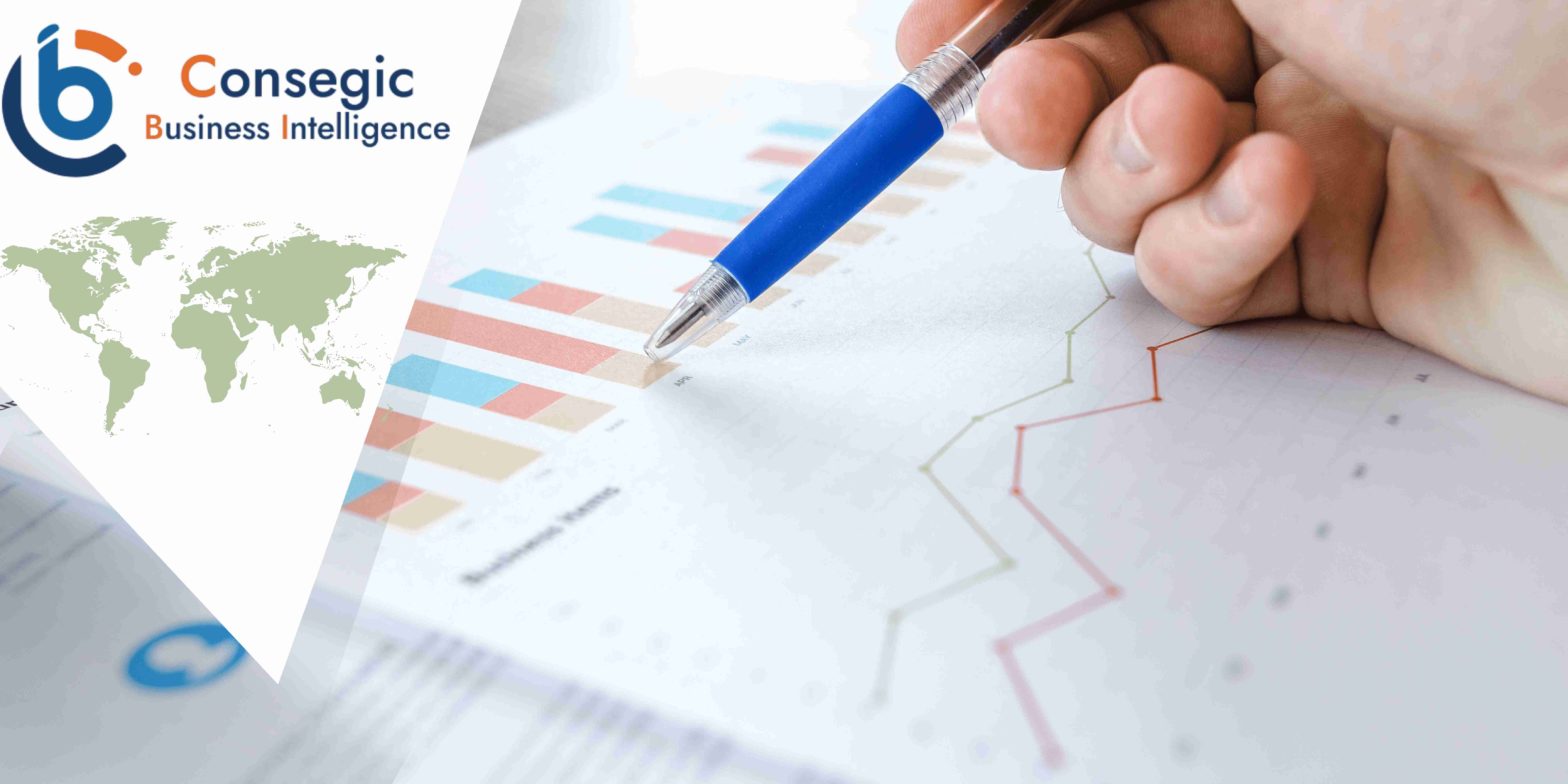Cerebral Palsy Market Size, Share, Growth Overview Report – 2031
Cerebral Palsy Market Overview
The market for cerebral palsy treatments, therapies, and assistive devices is driven by the increasing prevalence of the disorder, advancements in medical technology, and growing healthcare expenditure. The market includes a wide range of products and services, such as physical therapy, occupational therapy, speech therapy, assistive technology devices, and pharmaceutical interventions.
Cerebral Palsy Market Drivers
Several factors are driving the growth of this market:
Increasing Prevalence: The increasing prevalence of cerebral palsy, particularly in developing countries, is a major driver of market growth.
Advancements in Medical Technology: Advancements in medical technology, such as stem cell therapy and gene therapy, offer potential for future treatments and therapies.
Rising Healthcare Expenditure: Increased healthcare spending is driving the demand for quality healthcare services, including therapies and assistive devices for individuals with cerebral palsy.
Government Initiatives: Government initiatives to improve healthcare access and affordability can boost the market for cerebral palsy treatments and devices.
Cerebral Palsy Market Restraints
Certain factors may hinder the growth of this market:
High Cost of Treatments and Devices: Advanced therapies and assistive devices can be expensive, limiting access for many individuals.
Lack of Awareness and Early Intervention: Lack of awareness and early intervention can lead to delayed diagnosis and treatment, which can impact long-term outcomes.
Limited Reimbursement Coverage: In some regions, insurance coverage for cerebral palsy treatments and devices may be limited.
Cerebral Palsy Market Opportunities
The market for cerebral palsy treatments and devices presents several opportunities for growth:
Telehealth and Remote Monitoring: Telehealth can improve access to therapy and rehabilitation services, particularly in remote areas.
Personalized Medicine: Personalized medicine approaches can tailor treatments to the specific needs of each individual with cerebral palsy.
Innovative Assistive Technologies: The development of innovative assistive technologies, such as wearable devices and robotic exoskeletons, can improve the quality of life for individuals with cerebral palsy.
Cerebral Palsy Market Key Players
Key players in this market include:
- AbbVie Inc (U.S.)
- Novartis AG (Switzerland)
- Ottobock (Germany)
- Bionic Power Inc. (Canada)
- Medtronic (Ireland)
- Merz Pharma (Germany)
- Tobii Dynavox AB (Publ) (Sweden)
- Invacare Corporation (U.S.)
Cerebral Palsy Market Segmentation
The market can be segmented based on:
By Type
- Spastic Cerebral Palsy
- Dyskinetic Cerebral Palsy
- Ataxic Cerebral Palsy
- Mixed Cerebral Palsy
By Treatment
- Medications
- Surgery
- Therapy
- Others
By End User
- Hospitals
- Physiotherapy Centers
- Home Care
- Others
Cerebral Palsy Market Regional Analysis
The global market for cerebral palsy treatments and devices can be analyzed by region:
North America: A mature market with a strong focus on research and development.
Europe: A significant market with a focus on advanced therapies and assistive technologies.
Asia-Pacific: A rapidly growing market driven by increasing healthcare expenditure and rising prevalence of cerebral palsy.
Latin America: A market with significant potential, especially in countries like Brazil and Mexico.
Middle East and Africa: A market with varying levels of development, but with opportunities in certain regions.
Cerebral Palsy Market Recent Developments
Cerebral Palsy market recent developments include:
Advancements in stem cell therapy: Researchers are exploring the potential of stem cell therapy to repair damaged brain tissue.
Development of wearable technology: Wearable devices can monitor vital signs, track physical activity, and provide therapeutic interventions.
Increased focus on early intervention: Early intervention programs can significantly improve the long-term outcomes for individuals with cerebral palsy.
Contact us:
Consegic Business intelligence Pvt Ltd.
Contact no: (US) (505) 715-4344
Email: sales@consegicbusinessintelligence.com
Other Report’s:
4D Printing in Healthcare Market



